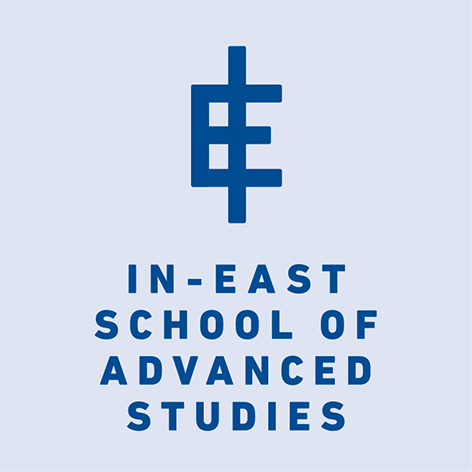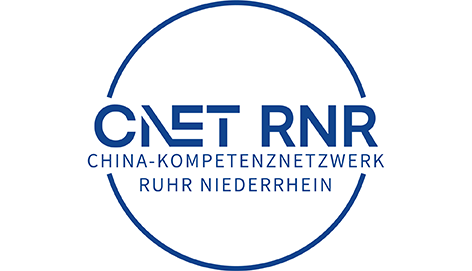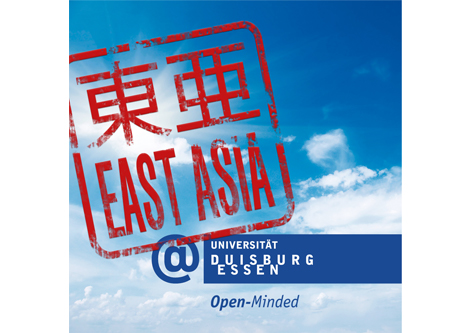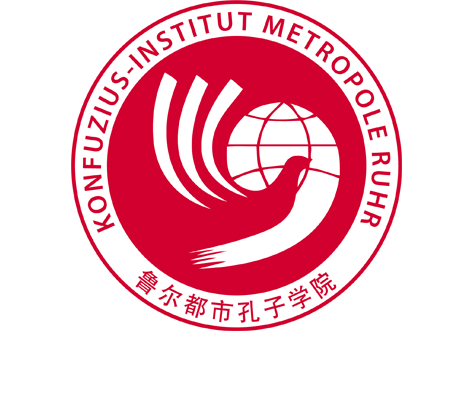E-mobility in Asia and Europe
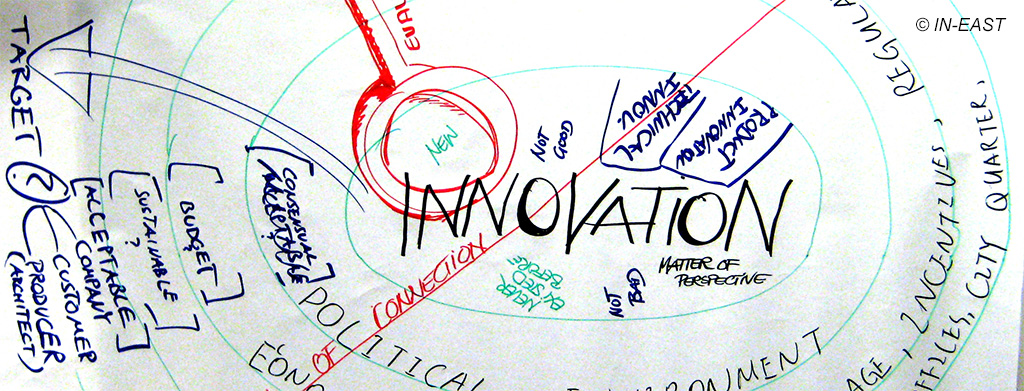
Research Group 6 E-mobility in Asia and Europe
Outline
Our research group analyzes how consumers, automobile manufacturers and supplier networks react to alternative propulsion technologies. The research is based on an international comparison with a strong focus on insights from East Asian lead markets. Most observers agree that in 100 years’ time, cars will not be powered by gasoline. However, there is intense discussion about how fast and in what direction propulsion technology will change from the supply side and what changes are likely to be accepted from the demand side, i.e. by individual consumers.
Regional differences
Moreover, the reaction to such technological innovations is likely to v ary across country markets and regional innovation systems. Specific regional settings are shaped, e.g. on the demand side, by the amount of local purchasing power, the degree of market saturation, and local product requirements. On the supply side, the degree and type of specialization in supplier networks and preferences for supply chain coordination differ between regions, for example. This results in specific dynamics in regional automotive supplier networks. Lastly, both the supply and demand sides are influenced by local political conditions and have to act within the constraints of local regulatory frameworks. How industry structure and consumer mobility patterns in different regional markets will react to technological change in propulsion technology is therefore far from clear. To investigate this issue, our research group will analyze data and empirical evidence with a focus on Asian lead markets and compare the results with those pertaining to European structures.
Demand side analysis
More specifically, two PhD projects will focus on the demand side and evaluate how Chinese and German consumers perceive, use and rate electric vehicles. A key assumption to be tested is that consumers have difficulty evaluating highly innovative product offerings and their value contributions due to the lack of experience. To what degree this is the case in China and Germany and how companies can react to these constraints in their product strategies will be key research questions, which will be analyzed from both an engineering and a strategic management perspective. With a focus on the engineering side, one of the studies analyzes how electric and hybrid vehicles have to be designed and equipped to be suitable for user groups in China. The analysis of the market situation and vehicles in China allows a comparison with concepts and results for mobility research on the European market. A detailed analysis of the user groups in China must be based on a deep understanding of their requirements and may reveal starting points for targeted improvement. This leads to a targeted adaptation of vehicle concepts within the technical solution area. From a strategic management perspective, another PhD project will investigate how companies should adapt their value proposition to generate higher acceptance of electric mobility through the perception of new value. The empirical investigation will take place in two stages to take account of the consumer perspective and the feedback of company decision makers, based on a consumer survey and a comparison of the results with interviews with in automobile industry experts. The aim of the country comparison is to include different types of market and consumer perceptions.
Supply side analysis
On the supply side, electrification is a challenge for the internal organization of technological innovation and for the related external coordination of new supply chain components. Regarding technology development, firms need to decide how existing structures of coordination, knowledge generation and transfer need to be complemented and adapted to accommodate major technological changes such as a shift to new propulsion technologies. Insights can be gained by analyzing recent electrification projects, based on an international comparison, and relating them to analytical frameworks on innovation management and architectural innovation. With regard to supply chains, two key challenges to suppliers and Original Equipment Manufacturers (OEMs) can be highlighted. Firstly, key components in the powertrain architecture will be replaced and the total number most likely reduced as electrification increases. This modularization and standardization may further strengthen trends towards consolidation in the automotive industry and favor large module suppliers. Secondly, the shift in core technologies required for powertrains influences the calculus of make-or-buy decisions: current projections show OEMs buying fewer components from fewer suppliers with a higher degree of value-added procured externally due, for example, to a lack of specialization of OEMs in battery technologies. How companies react to these challenges when developing and sourcing components of both hybrid and fully electric cars will depend in part on regional technological specialization. Consequently, such change may be more advanced for Asian suppliers serving lead hybrid technology markets such as Japan, Korea and China. International comparison with an Asian focus appears promising in this regard.


